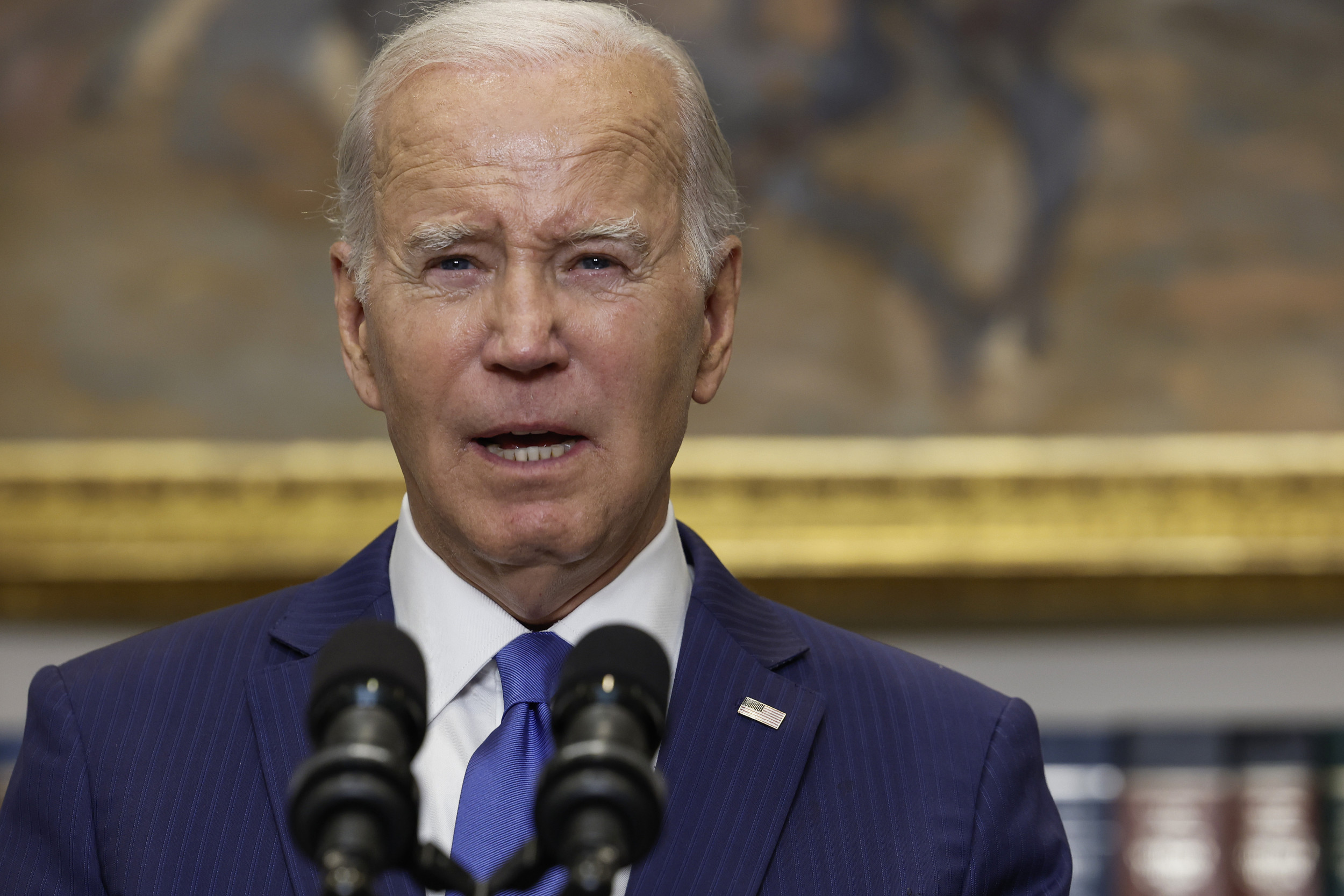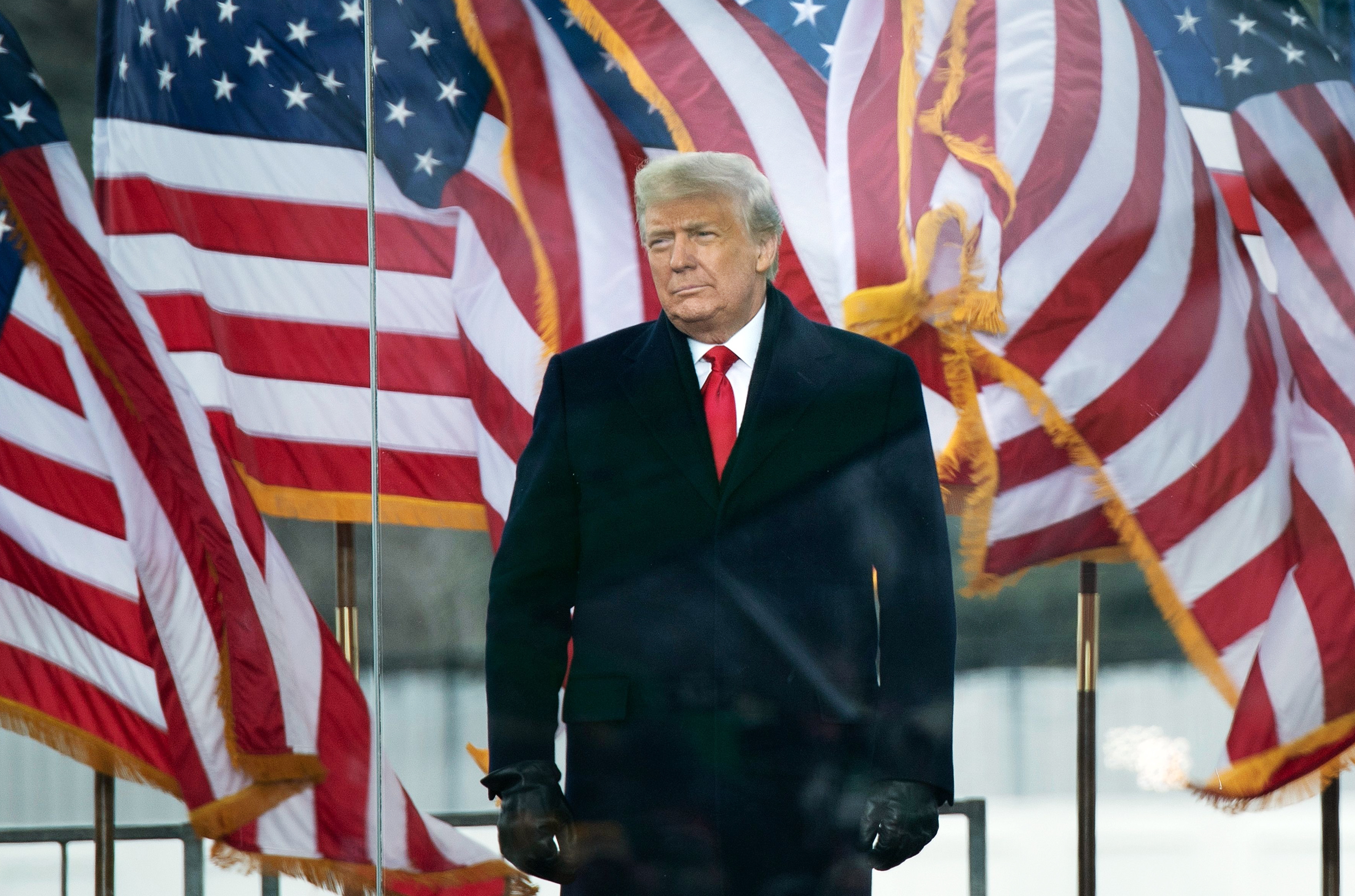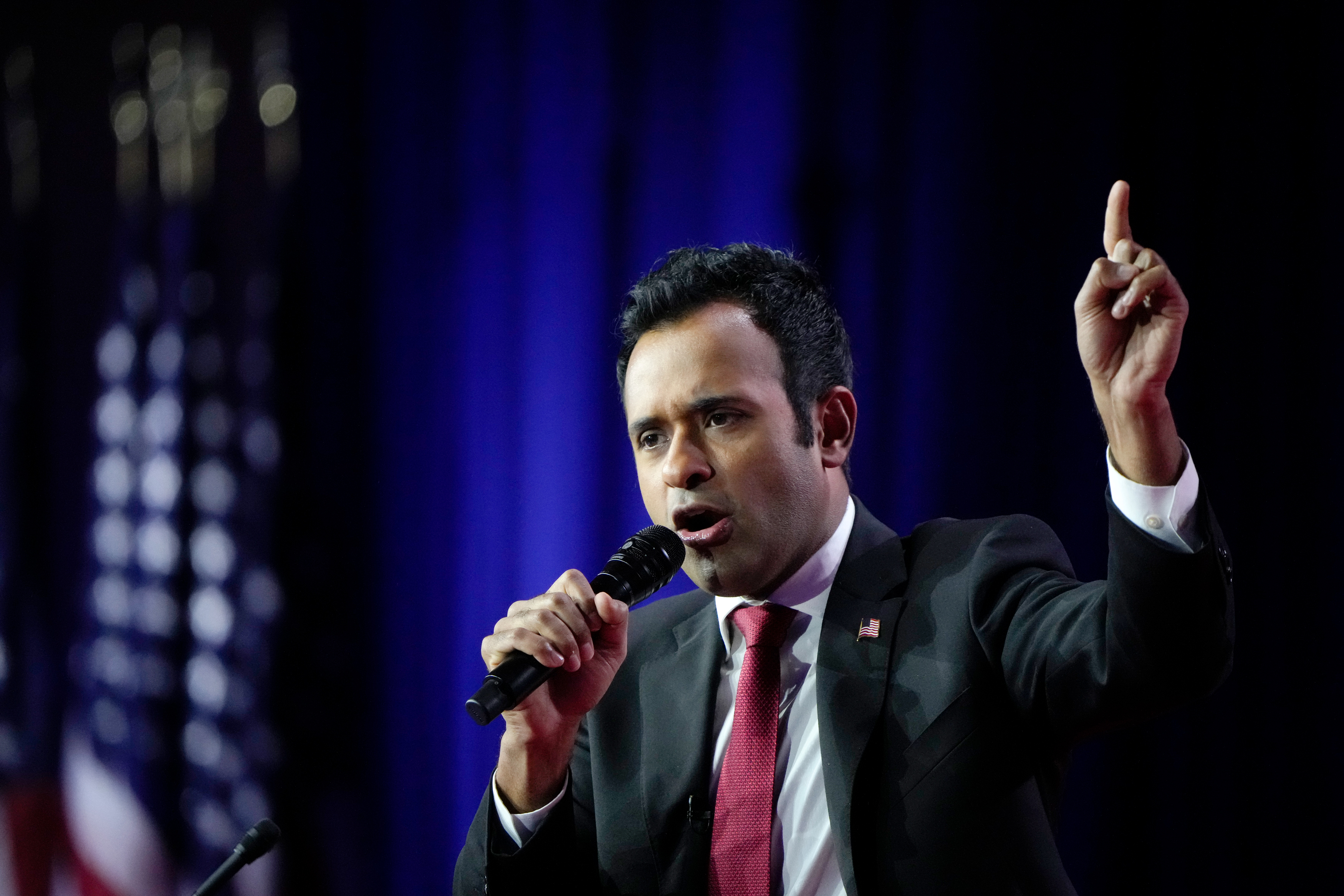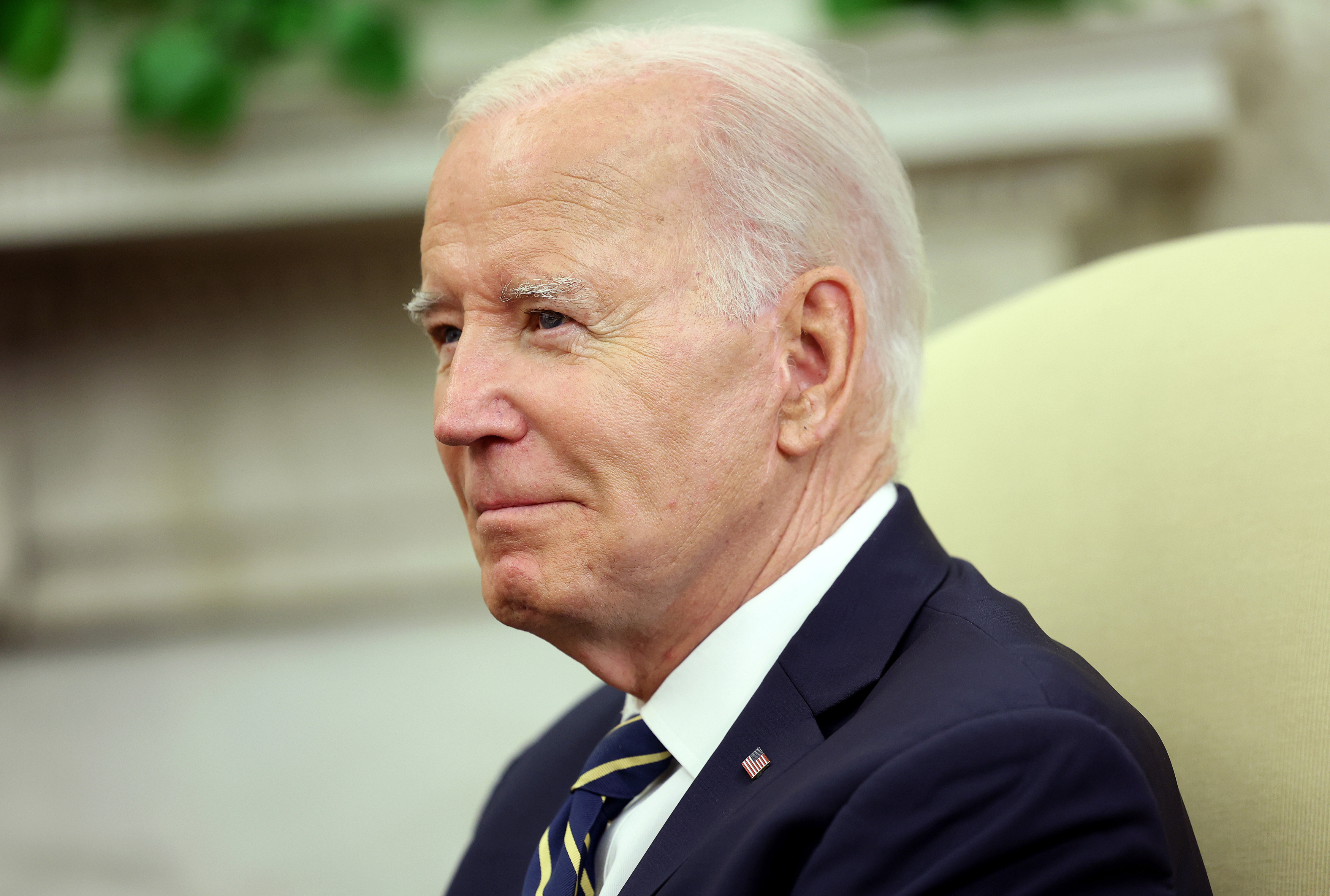A few months ago I graduated from college. Four years ago, when applying, I remember thinking that my life in many ways had led up to that moment.
I recall staring at the blank application essays thinking that I somehow needed to convince an anonymous admissions officer that an Asian American son of immigrants who grew up playing tennis, was in the orchestra, and is good at math, is a unique candidate for them to accept.
But I knew that I was anything but that. I was told by my guidance counselors that my bio is one of a "cookie-cutter Asian kid." Okay, that's an interesting way to put it, I thought.
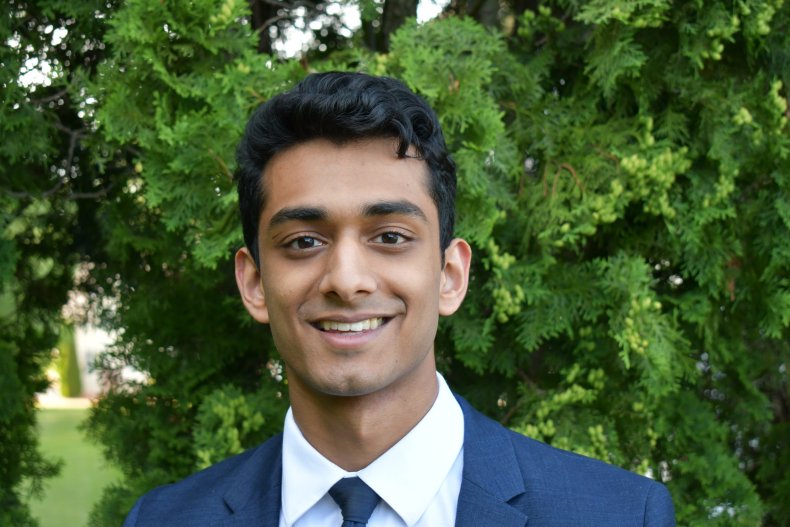
I mean, why wouldn't it be? Seventeen years ago, those were the traits my parents were told would optimize my chances of getting into a good college. Do Kumon, MathCounts, join the orchestra, and be part of other after-school academic programs when you're young and those things will add up.
Many Asian parents followed the same playbook. So now, 17 years later, their children are being lectured on how we're all the "same."
When I said my life had led up to that moment, I wasn't kidding. Everything I have done for as long as I can remember has been scrutinized against the "what will colleges think" test.
When I was in elementary school I was on track to be a "theater kid, " but since my parents felt that colleges wouldn't respect theater as an after-school hobby, I quit so I could spend more time doing math.
Then, years later the college counselors say that theater would have been a "stronger characteristic for an Asian applicant" than being good at math. And it turns out I'm not nearly good enough at math to compete against some other Asian students. Interesting how that works out.
This anecdote describes, at a high level, why the Supreme Court decided to end race-based affirmative action.
After a 2003 Supreme Court decision that ruled affirmative action for underrepresented minority groups was lawful, but banned explicit race considerations, I believe many colleges began using placeholders for race.
Harvard, for example, started using personality scores, measuring leadership and interpersonal qualities based on what I consider to be little under than stereotyping.
And in those personality scores, Harvard was reportedly giving Asian-American applicants disproportionately low personality scores when compared to similar candidates of any ethnicity, including white applicants.
The issue of affirmative action is often framed as Asian-American kids versus Black and Hispanic kids—that the boosts for underrepresented minorities were why Asians were being discriminated against.
I do not believe that to be true, and is not why I feel made the Supreme Court make its decision.
A Harvard Law Professor describes this point about the Supreme Court decision in her New Yorker essay, saying: The problem is not race-conscious holistic review; rather, it is the added, sub-rosa deployment of racial balancing in a manner that keeps the number of Asians so artificially low relative to whites who are less strong on academic measures."
Using personality scores to assess the viability of candidates, it appears that admissions officers defaulted to stereotyping Asians by reducing their scores when they excelled in activities they're expected to—while boosting their scores when excelling in things they "shouldn't."
And this stereotyping of Asian Americans doesn't make sense. Within the recent dialogue regarding affirmative action, I feel there is an underlying notion that Asian Americans don't contribute to diversity.
But, the term "Asian" represents the children of almost 60 percent of the global population—and it is a part of the world that has become increasingly important to understand.
I am an Asian American born to two immigrants from India, and my college experience was at a school with a disproportionately large Asian student body, which many would quickly label as "un-diverse."
However, I met people from South Korea, China, Japan, Thailand, Vietnam, India, Sri Lanka, Indonesia, and Singapore, to name a few.
If colleges are a symphony, then each one has a unique melody to contribute. Admissions offices have gotten into the habit of reducing this plethora of diversity lazily into a single label.
It's time to appreciate, and I mean truly appreciate, that there is an enormous diversity of thought, opinion, perspective, and culture—often more different from each other than White Americans are from them—just within the term "Asian-American."
The Supreme Court aimed to end affirmative action as we know it not because it thinks colleges promoting diversity is racial discrimination, but because it found "intentional race-based discrimination" against Asians—because some colleges were artificially boosting the number of white students on arbitrary measures in exchange for Asian students.
Diversity on campuses is extremely important, and there is a way for colleges to adjust to this new normal without having to give up diversity on campuses or discriminating against Asian Americans.
At its core, what the Supreme Court found was that affirmative action was becoming racial discrimination because college admissions is a zero-sum game.
Elite colleges want to accept the same number of students every year, even while the number of applications increases, so a seat given to one student is taking away a student from another student.
But here's something colleges will never tell you: They can just increase the number of students they accept.
After the Supreme Court decision, colleges will tell you that they are being forced to sacrifice diversity. I do not believe they're being forced. If diversity decreases at these elite colleges, I feel it is because they are choosing to sacrifice diversity instead of exclusivity.
Remember, the Supreme Court did not say striving for diversity is inherently racial discrimination—Chief Justice Roberts writes in the majority opinion: "Nothing in this opinion should be construed as prohibiting universities from considering an applicant's discussion of how race affected his or her life, be it through discrimination, inspiration, or otherwise."
It allows for students to still discuss their identity with colleges, and for colleges to consider that in their admissions process.
I do not believe colleges need to end their attempts to create diverse communities on their campus. They just have to do it while not discriminating against any particular group and while maintaining consistent acceptance rates for various ethnic groups.
Therefore, colleges can still accept all the same students they would have before the Supreme Court's decision, and then also accept all the additional students they "have to," to keep a consistent standard for everyone. Expanding enrollment mitigates it being a zero-sum game, though I am not saying it perfectly solves it.
Look, I don't want to be a hypocrite; I benefit from the exclusivity of my alma mater, as any college grad does. But, in my view, this is an unprecedented opportunity for colleges to decide their true priorities.
Elite colleges invest millions of dollars in state-of-the-art facilities, incredible labs, and world-class professors, but then turn around and try to have as few students as possible get to benefit from them.
I feel it's time to remind colleges that they exist not to be as exclusive of a club as they can become but instead bastions of learning for as many as they can teach.
Shreyas Sinha is a recent college graduate who lives in New York.
All views expressed in this article are the author's own.
Do you have a unique experience or personal story to share? Email the My Turn team at myturn@newsweek.com.
